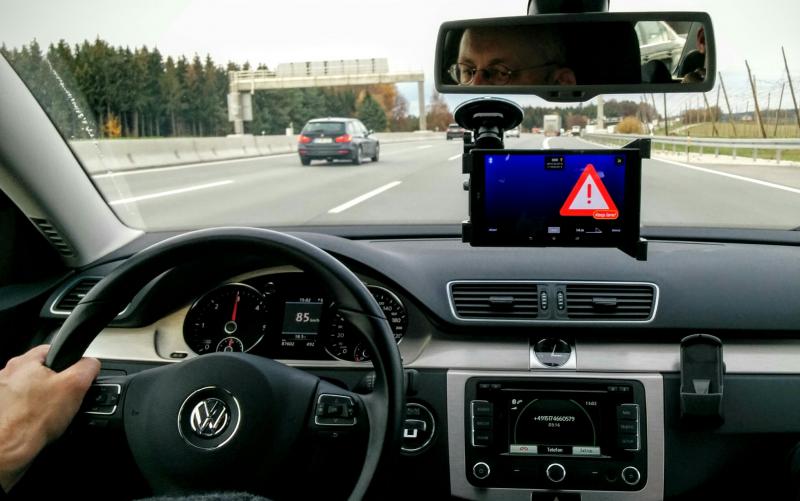The Emergence Of The German Digital Autobahn Ecosystem

A few days ago, at an event hosted by Continental, Deutsche Telekom AG, Fraunhofer ESK, and Nokia Networks, I came across an interesting example of an emerging mobile Internet-of-Things (IoT) solution: the initiative to “connect the Autobahn” in Germany. The goal of the Digitales Testfeld Autobahn initiative is to develop a platform that allows a wide range of players to access a common platform for digital services in the context of Germany’s road infrastructure. The event also included a test drive to highlight how driving “assistants” in connected cars could communicate with a latency of about 15 milliseconds. Discussions at the event underlined several insights that CIOs should consider when devising mobile IoT solutions:
- Ecosystem partnerships create more value for IoT solutions than standalone approaches. At the event, Deutsche Telekom’s CEO, Continental’s Head of Interior Electronic Solutions, Nokia’s VP of Strategy, Fraunhofer-Institute’s Head of Embedded Systems, and Germany’s Minister for Transport all pointed to the necessity for close cooperation to make the “digital Autobahn” platform work. Proprietary OEM technologies will not boost the connected road infrastructure. Continental told us that open IoT systems create more value than closed systems for the company and its customers. To uncover its true potential, the “digital Autobahn” platform will also need to be open to third parties like weather forecasters, retailers, and entertainment companies. This means that CIOs need to support open APIs.
- The Internet of Things will use many mobile broadband technologies, not just one. The test “digital Autobahn” platform is based on LTE-A technology and limited to a short stretch of motorway north of Munich. But to succeed, it will need to cover all roads. This means that several mobile broadband (MBB) technologies will ultimately support the “digital Autobahn” platform; it will combine various MBB technologies at the roadside. At the event, Nokia and Fraunhofer-Institute pointed to a range of MBB technologies, including LTE-A, public Wi-Fi standards 802.11ac and 11ap, and 5G technology to reduce latency.
- Edge computing will play a fundamental role in mobile IoT network architecture. Mobile edge computing can provide ultra-low-latency networks to avoid collisions and danger. This requires edge computing routing over cellular communication between vehicles as well as between vehicles and clouds, including car maker clouds, service provider clouds, and clouds from mapping firms. During the test drives, we achieved a latency of around 15 milliseconds between the two test vehicles over an LTE-A connection and Nokia’s mobile edge computing network equipment.
- The design of industrywide digital initiatives can start without a detailed business case. As Deutsche Telekom’s CEO emphasized, the “digital Autobahn” initiative works because all the participants embrace the ambitious goals of reducing road fatalities and improving motorists’ carbon footprint. Participants only look at how technology can support the rise of the “digital Autobahn” as a second step. As the connected road platform emerges, so do the many opportunities for new business cases regarding the connected car.
All of the participants at the event acknowledged that there is still a long way to go before the full potential of autonomous driving becomes a reality. But the event underlined one key aspect of any digital transformation initiative: Digital ecosystems are redefining value chains. And it is the ability of traditional vendors to navigate these evolving value chains that will determine how much value-add these vendors can contribute to an IoT solution — and thus to their customers.
